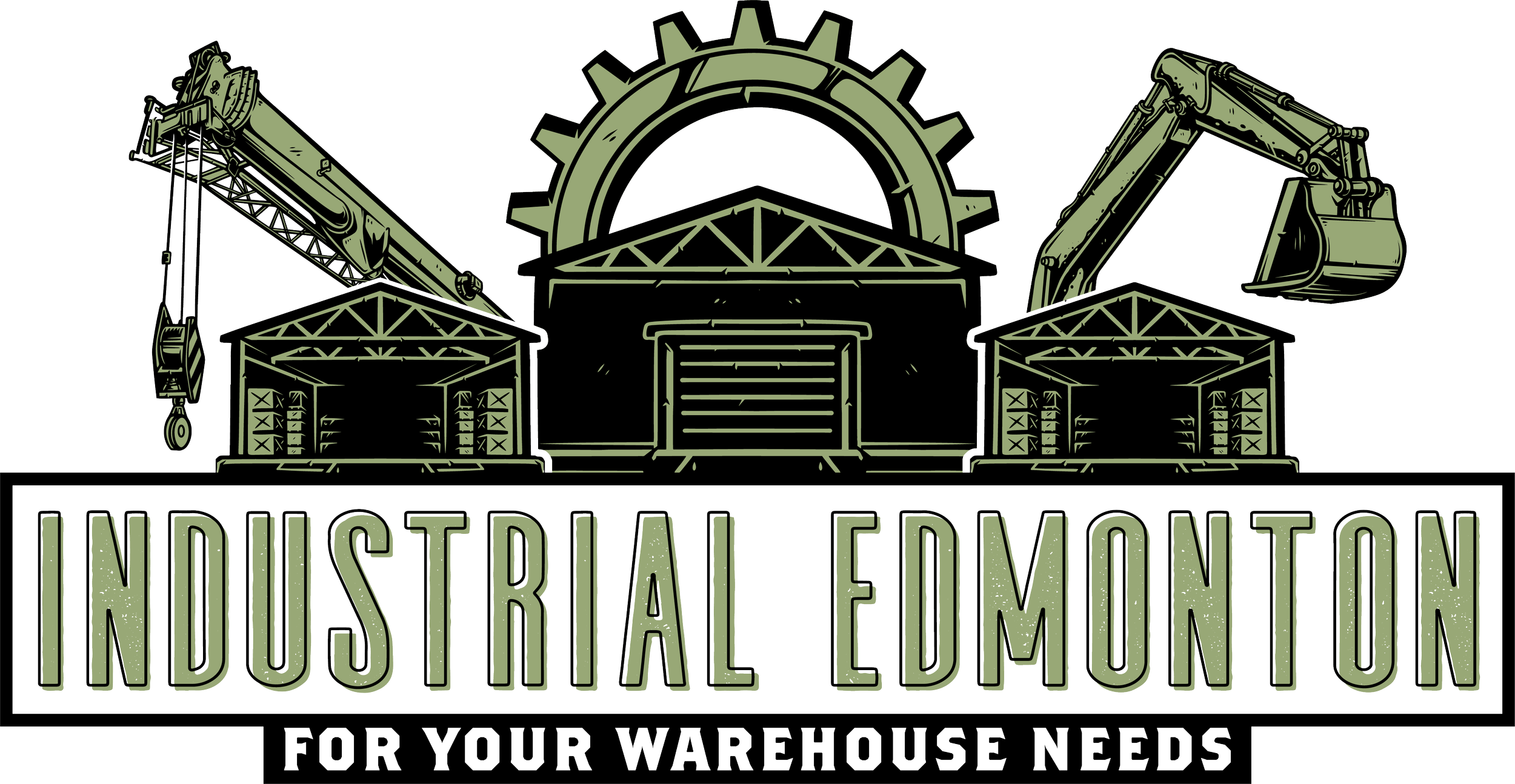Warehousing is Reaching New Heights in North America
Prologis Georgetown Crossroads: Seattle, Washington. Expected delivery 2018.
Building SF: 589,615. Building Footprint: 239,029 SF
As urban cities continue to grow in population and expense, and the availability of warehousing space continues to diminish, developers are being forced to look at alternative options to counter increasing industrial land prices and lease rates. The solution: build upwards, not outwards. This is yet another cause-effect outcome of the e-commerce boom in North America. As more consumers are demanding instantaneous deliveries to online orders, warehousing cannot continue to be built out in less expensive rural and suburban areas. It needs to be central to the population and demand.
Although not uncommon in other more densely populated countries such as Japan and Singapore, the stacking of warehouses has officially made its debut in North America via Prologis' three-storey development currently under development in Seattle, Washington with expected delivery in 2018. The warehouse will have two storeys of stacked warehouse with ramps to each level, then a third level accessible by freight elevators inside as well as office. It's extremely efficient use of the space and allows for nearly 590,000 square feet of distribution space to be constructed on a footprint of less than 240,000 square feet.
While the developer does not have Tenants in place at the time of construction, they expect to have this building leased within a year of completion. For the Tenants however, this type of stacked construction does not come cheap, in fact rental rates could be as much as 50% higher. The converse however, is that this ideal central location in the Georgetown area of Seattle, could lead to higher efficiencies in transportation of the goods to and from the warehouse. With ever-growing e-commerce demand, and ever-evolving business plans such as free two-hour delivery services by Seattle based Amazon, the distribution market needs to adapt quickly to retain customers.
“The model has changed,” Mr. Hogenson said. “You’re no longer just moving big volumes from one point to second point,” such as from remote distribution centers to big-box suburban stores, “you’re moving much smaller volumes to many points.” - Andrew Hogenson, a Seattle-based retail consultant with Ernst & Young LLP" (WSJ).
As previously mentioned, this multi-storey warehouse model has become much more commonplace in higher density countries in Asia and Europe where land availability and values have surpassed feasibility for the single storey model. The following image shows one of these immense and impressive warehouse developments in Japan. This property is one of 53 multi-story logistics facilities developed by Prologis in Asia, and as with many developers, there is a strong emphasis for buildings of this nature to be self sustaining, utilizing green energy sources such as solar panels to contribute to the power grid requirements of the facility. Keep in mind that these are warehouse levels being stacked upon each other, so the ceiling heights are substantially higher than in other multi-storey asset classes.
What are your thoughts on these new levels of efficiency and adaptation to the demands of consumers, particularly in the speed of delivery of products? Is this the next vision for warehouse developments across North America? Looks promising to me.





